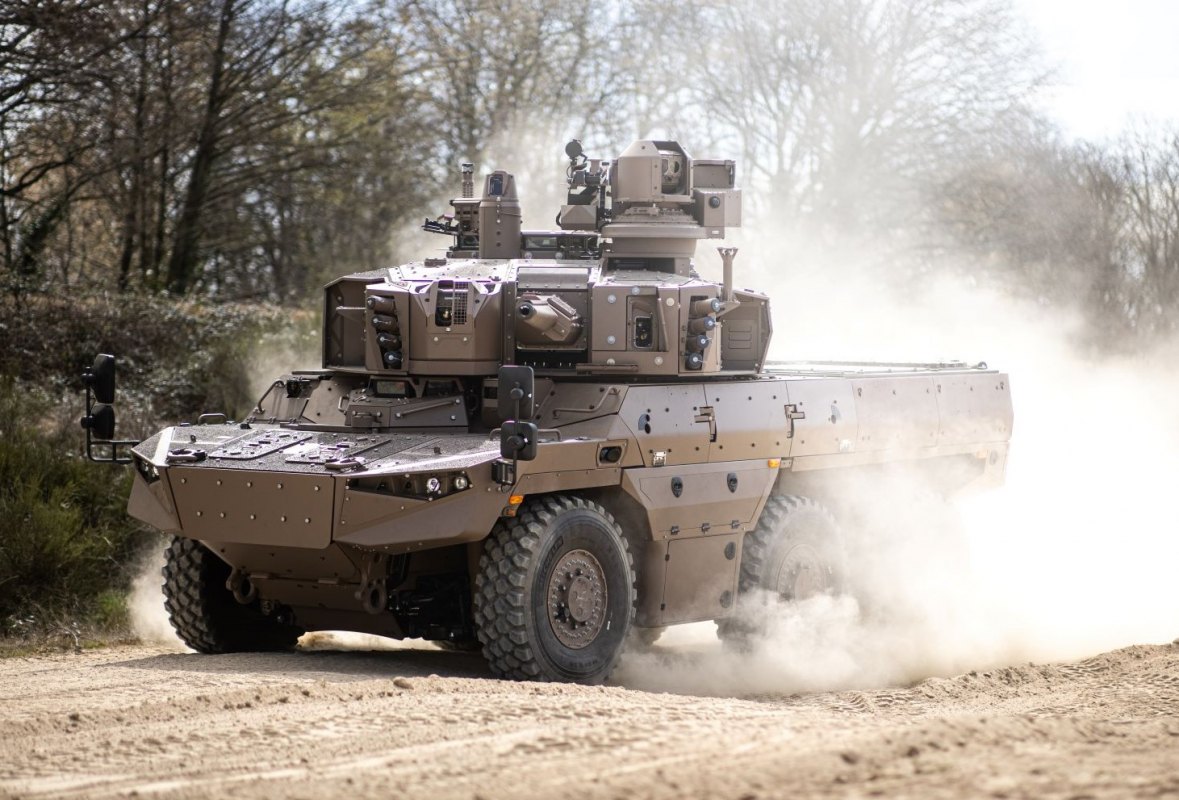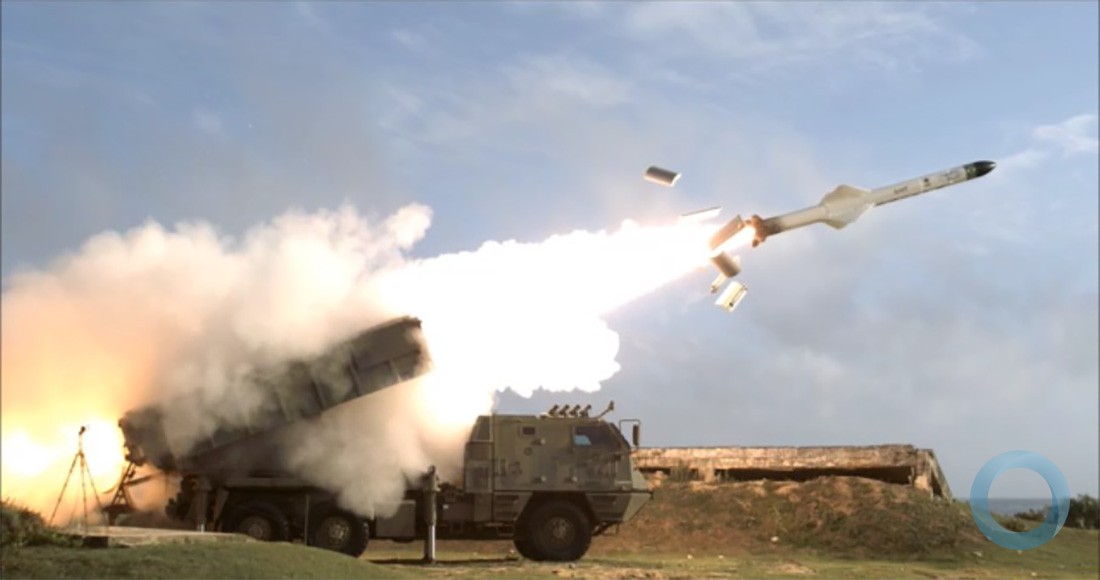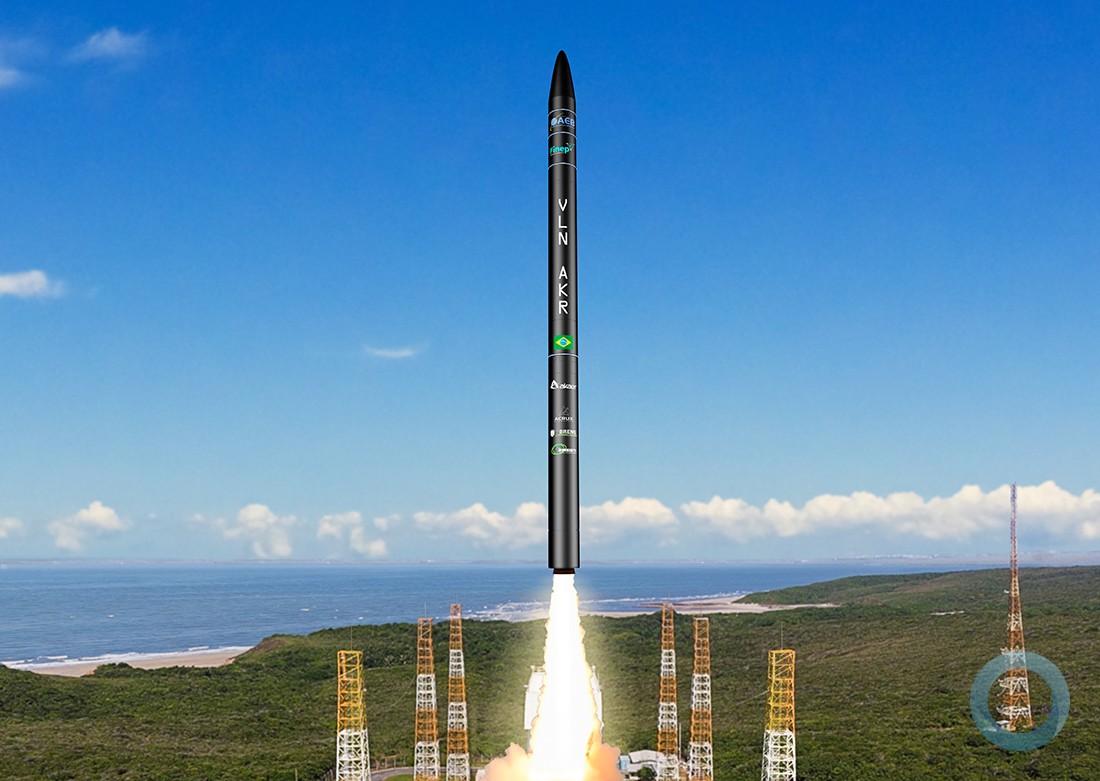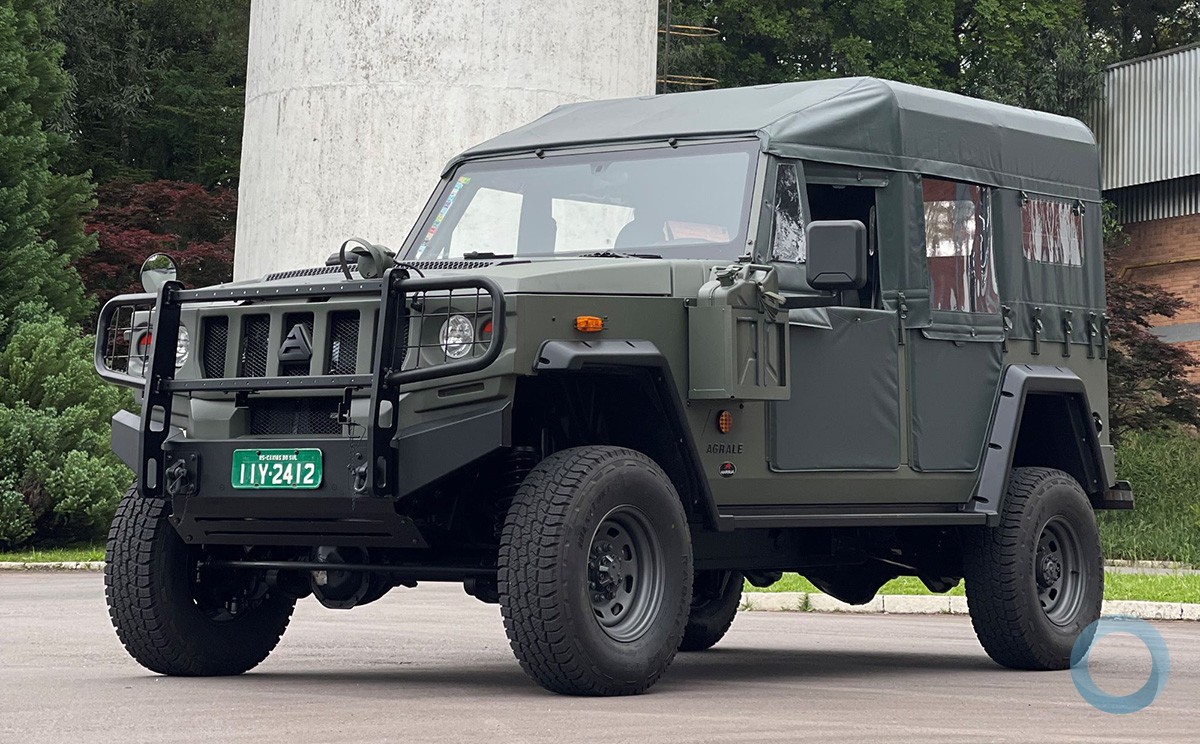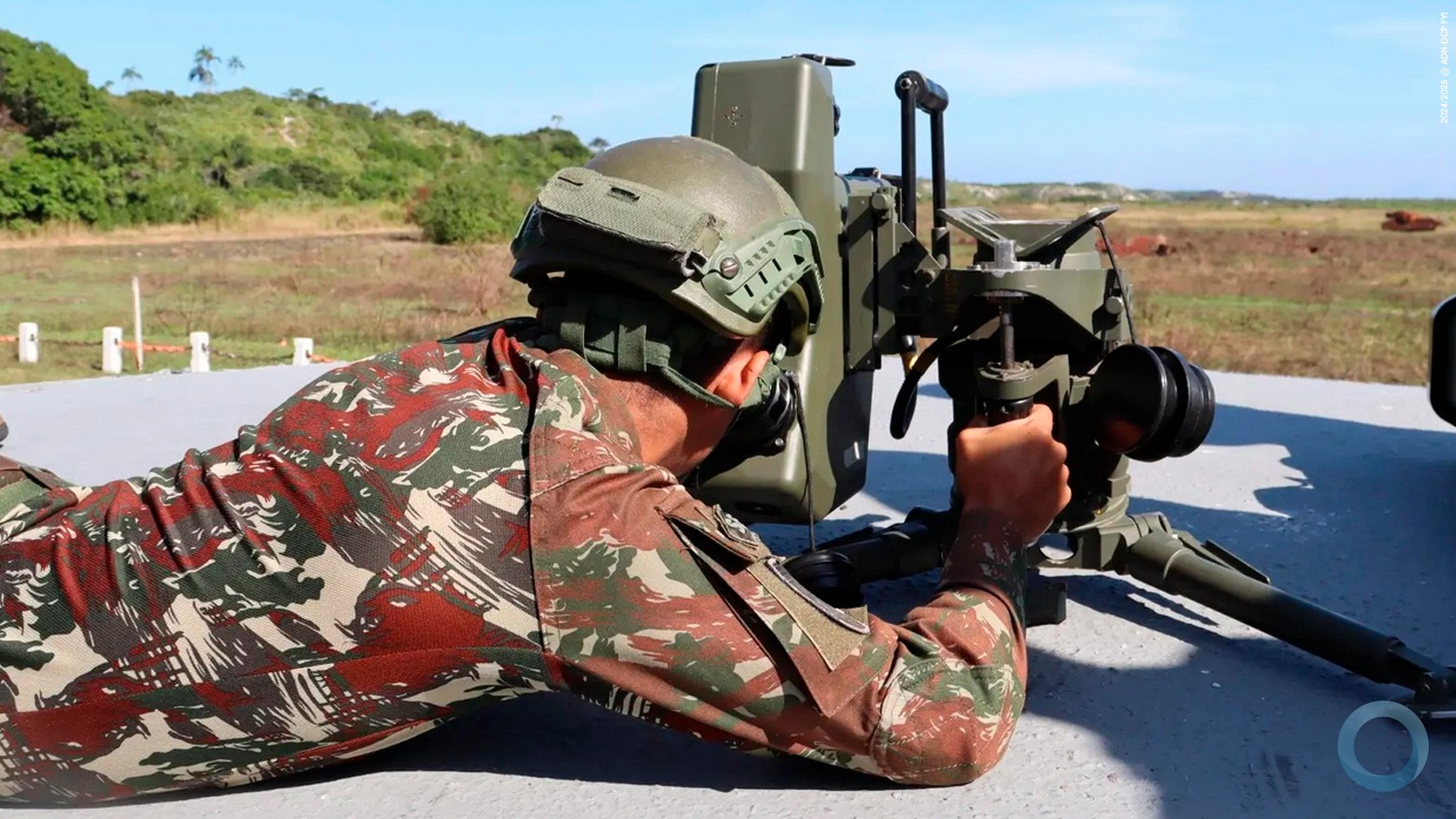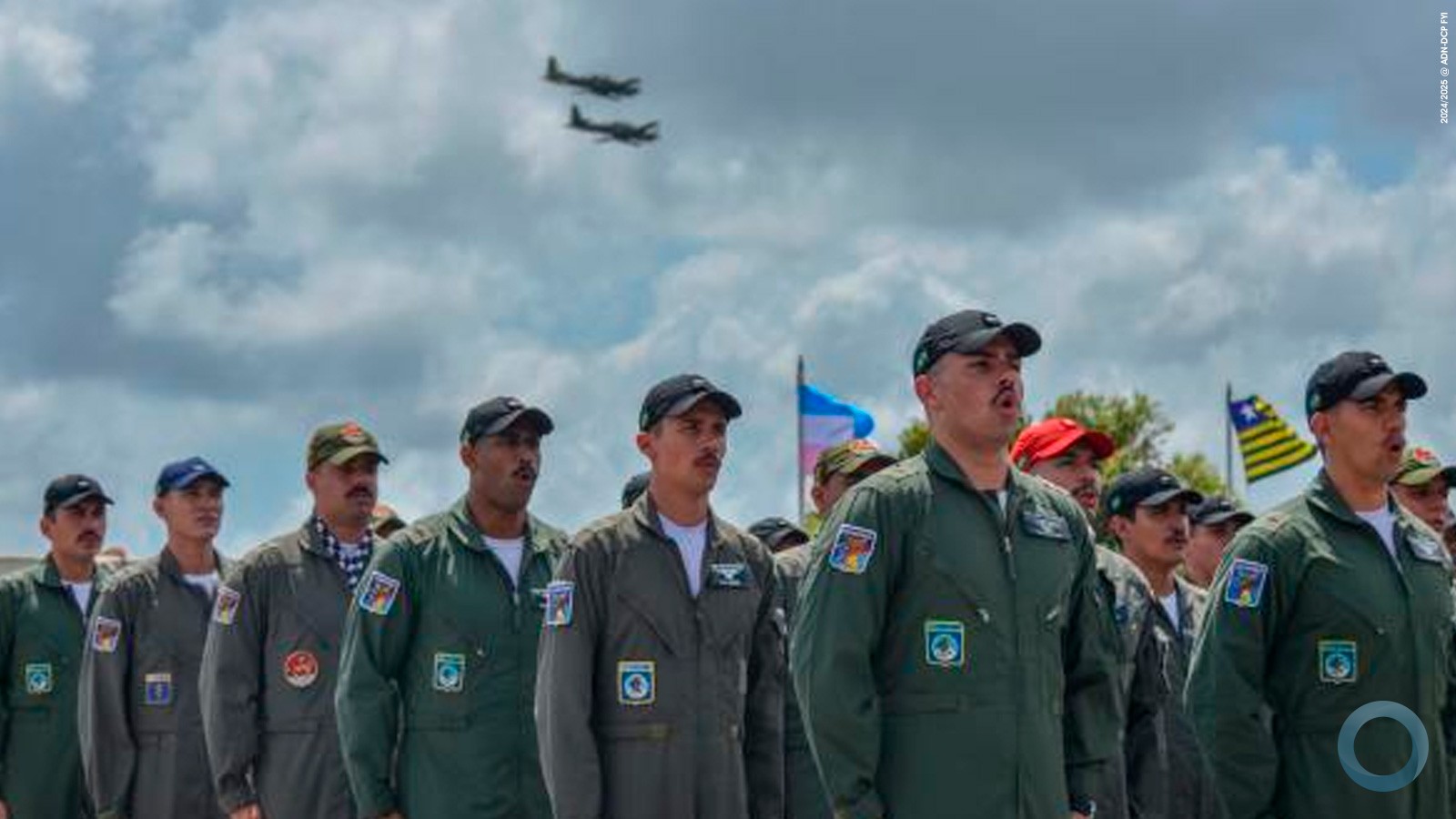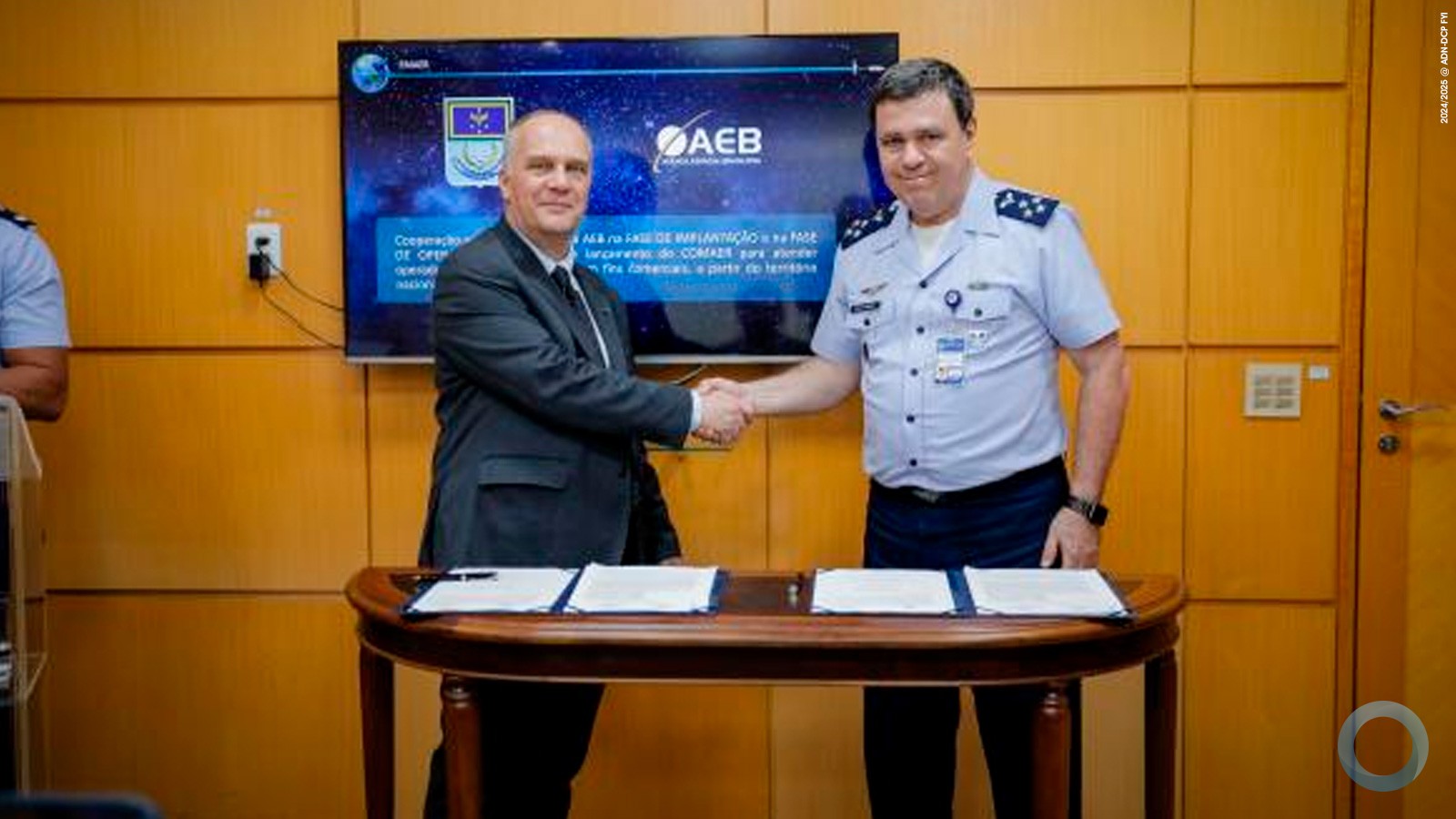Andrea Barretto Lemos
The Caatinga, or "White Forest" in the native Tupi language, is a biome in Brazil with an average annual rainfall of 500 millimeters, similar to levels seen in deserts. Temperatures range between 25-27 degrees Celsius, while the hard, rocky soil can reach 60 degrees. Thirty-thousand Soldiers from the Brazilian Army's Northeast Military Command (CMNE) serve in the region, which covers approximately 11 percent of the country.
In 1995, the Army, in an effort to prepare those who will serve in a CMNE unit, created the Caatinga Adaptation Traineeship and the Caatinga Adaptation and Operations Traineeship. Since then, seven training sessions have been held each year, with a total of 6,742 Soldiers having completed the course. The most recent traineeship, attended by 30 participants, occurred between May 14th-20th.
“The Adaptation Traineeship has a single phase, lasting a week, with the goal of having the Soldiers acquire the knowledge needed to survive in the harsh environment of the Caatinga,” explained Captain José Carlucio Gomes de Sousa Junior, head of the Caatinga Instruction and Operations Center's (CIOpC) Education Division.
In the Adaptation and Operations Traineeship, as the name implies, the Soldiers complete the first instructional step and continue for another week with operational exercises. “The Northeast Military Command conducts Law and Order Assurance operations, which are operations that are intended to preserve public order," Capt. Carlucio added. "The activities within it serve as context for the second stage of the traineeship."
Surviving in Caatinga
In extreme cases, Soldiers' survival in the Caatinga depends on locating water and food sources, avoiding threatening animals, and seeking shelter from the sun using what the environment offers, which is no more than shrubs with a few leaves and cacti. The CIOpC plans seven days of training in the Adaptation Traineeship, which Soldiers do not start until they pass medical exams to determine if their bodies can handle the grueling challenge.
In the first class, which is held at the 72nd Motorized Infantry Battalion's headquarters in the city of Petrolina, in the state of Pernambuco, instructors focus on the region's population and characteristics. Soldiers then proceed to the Zoo and Botanical Park within the Battalion’s compound, where they study the vegetation and animals commonly found in the White Forest region in northeastern Brazil.
The next six days of the training session take place outdoors, at the Tanque do Ferro Training Ground, 108 kilometers from Petrolina. “When we arrive, we have to prepare an overnight shelter with the material that we can find on site," stated Major Leonardo Henrique Medeiros Rodrigues regarding his experience as a participant in the training session held in May. "That is when we really experience the difficulty of being in the Caatinga, an inhospitable environment, where we have to extract water from wherever possible."
Every drop of dew counts when collecting water, Capt. Carlucio stressed. “We teach them to collect water from dew, plants, and soil, and we teach them how to filter this water… We teach the Soldiers how to use maps and identify animals that can serve as food, as well as how to select places to eat and sleep. We show the how to prepare a trap to capture these animals and we train them to fire hunting rifles.”
The experience also includes teaching Soldiers how to identify venomous animals and reptiles as well as how to administer first aid. In addition to learning survival techniques, Soldiers are encouraged to develop more subjective skills, known as the "Attitudinal Content." “This content is related to the Soldiers’ emotions, such as the development of self-confidence, courage, initiative, emotional balance, leadership, decision-making skills, persistence, and adaptability to restrictive situations,” Capt. Carlucio said.
Training for international operations
Soldiers in the Adaptation and Operations Traineeship complete the education stage in about a week before starting the operations stage, where they complete a series of training missions that are are based on real-life scenarios. “One of the missions might be, for example, confronting a drug-trafficking situation in which the responses by the public security organisms have already been exhausted," Capt. Carlucio explained.
In this phase, the participants are divided into teams, and each assumes a role. Once the mission is presented, the teams have to carry out the planning, prepare the necessary material, handle deployment within the Caatinga, and implement planned actions as they keep up with a rigorous schedule.
The Soldiers reach a state of extreme fatigue, but the goal is to maintain their reasoning and complete a mission with minimal planning. “They receive a task, which begins one day and ends the next. One or two hours later, another mission begins, and so on, for a week,” Capt. Carlucio said.
The CIOpC's doctrine and research section developed a special uniform to facilitate the Soldiers' actions in the Caatinga. In place of camouflage in shades of green, the uniform for the White Forest has camouflage in shades of brown. “It more closely resembles the color found in our vegetation,” said Captain Thyago Augusto Rabello Fermiano, head of the Center’s Doctrine and Research Section. “In addition, our uniform receives leather detailing, with several pieces sewn on top of the fabric to protect Soldiers’ bodies from contact with thorns, twigs, and stones.”
The CIOpC training is important not only to prepare Soldiers who deployed in the Caatinga, but for those who are sent to areas with similar conditions. “The preparation of the Brazilian Army to operate in a semi-arid operational environment ensures that Brazil is capable of sending Troops to any region with similar climate," Capt. Fermiano said. "We are very well trained.”
Not coincidentally, the Adaptation and Operations Traineeships are not limited solely to the careers of the Soldiers who will serve in the Northeast Military Command. “Five years ago, the traineeships were also authorized for the cadets of the Agulhas Negras Military Academy, for students of the Combat Sergeant School, in addition to the students of the Reserve Officer Training Center,” Capt. Carlucio concluded.






